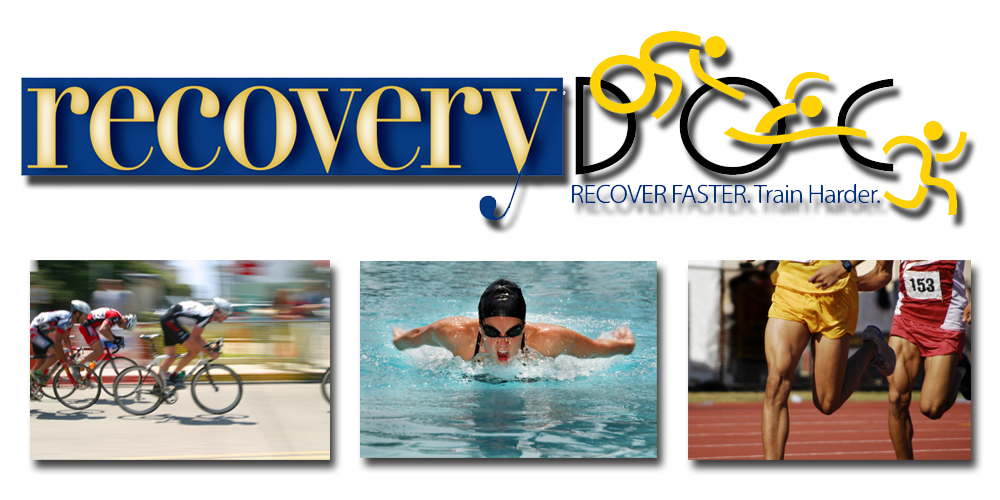High School Concussions in the 2008-2009 Academic Year
Mechanism, Symptoms, and Management
- William P. Meehan III, MD*†‡,
- Pierre d’Hemecourt, MD† and
- R. Dawn Comstock, PhD§
+Author Affiliations
- *William P. Meehan III, MD, Director, Sports Concussion Clinic, Division of Sports Medicine, Children’s Hospital Boston, 319 Longwood Avenue, Boston, MA 02115 (e-mail: william.meehan@childrens.harvard.edu).
Abstract
Background: An estimated 136 000 concussions occur per academic year in high schools alone. The effects of repetitive concussions and the potential for catastrophic injury have made concussion an injury of significant concern for young athletes.
Purpose: The objective of this study was to describe the mechanism of injury, symptoms, and management of sport-related concussions using the High School Reporting Information Online (HS RIO) surveillance system.
Study Design: Descriptive epidemiology study.
Methods: All concussions recorded by HS RIO during the 2008-2009 academic year were included. Analyses were performed using SPSS software. Chi-square analysis was performed for all categorical variables. Statistical significance was considered for P < .05.
Results: A total of 544 concussions were recorded. The most common mechanism (76.2%) was contact with another player, usually a head-to-head collision (52.7%). Headache was experienced in 93.4%; 4.6% lost consciousness. Most (83.4%) had resolution of their symptoms within 1 week. Symptoms lasted longer than 1 month in 1.5%. Computerized neuropsychological testing was used in 25.7% of concussions. When neuropsychological testing was used, athletes were less likely to return to play within 1 week than those for whom it was not used (13.6% vs 32.9%; P < .01). Athletes who had neuropsychological testing appeared less likely to return to play on the same day (0.8% vs 4.2%; P = .056). A greater proportion of injured, nonfootball athletes had computerized neuropsychological testing than injured football players (23% vs 32%; P = .02)
Conclusion: When computerized neuropsychological testing is used, high school athletes are less likely to be returned to play within 1 week of their injury. Concussed football players are less likely to have computerized neuropsychological testing than those participating in other sports. Loss of consciousness is relatively uncommon among high school athletes who sustain a sport-related concussion. The most common mechanism is contact with another player. Some athletes (1.5%) report symptoms lasting longer than 1 month.
Keywords:









.JPG)




